Houseplants as Skincare? Yes! How to Breathe Your Way to Better Skin
4 Comments
Angela son
Jan 10, 2018
You may have heard of face yoga, meditation, and even drinking water as ways to improve the condition of your skin. But have you ever thought about the air you breathe and how it affects your complexion? Pollutants and toxins in the air can damage our skin, but studies show that the ordinary houseplant — that’s right, a houseplant — may have some real skin benefits. Here, some houseplants you may want to get right now for better skin — without adding to your multi-step skincare routine.
_____________________________________________________________________
If your Instagram feed has been taken over by the color green, you already know that indoor house plants you ignored in the '80s and '90s are experiencing an epic revival of sorts. Their resurgence has declared green as the new black, at least when it comes to interior decor. It’s not hard to see why, as fresh foliage pops a living space with lush color and a covetable cool factor.

But there’s more than meets the eye with these botanical beauties. Accenting your home or office with a splash of the outdoors provides natural benefits — for your skin. Yes, you read that correctly. Scroll below to discover how you can literally breathe your way to better skin.
Natural humidifiers
Skincare savants keep humidifiers on their office desks and in the home to keep skin moisturized in all-day heating, stale indoor air, or harsh weather. A step above man-made humidifiers, with their susceptibility to germs and mold, are nature’s humidifiers — plants.
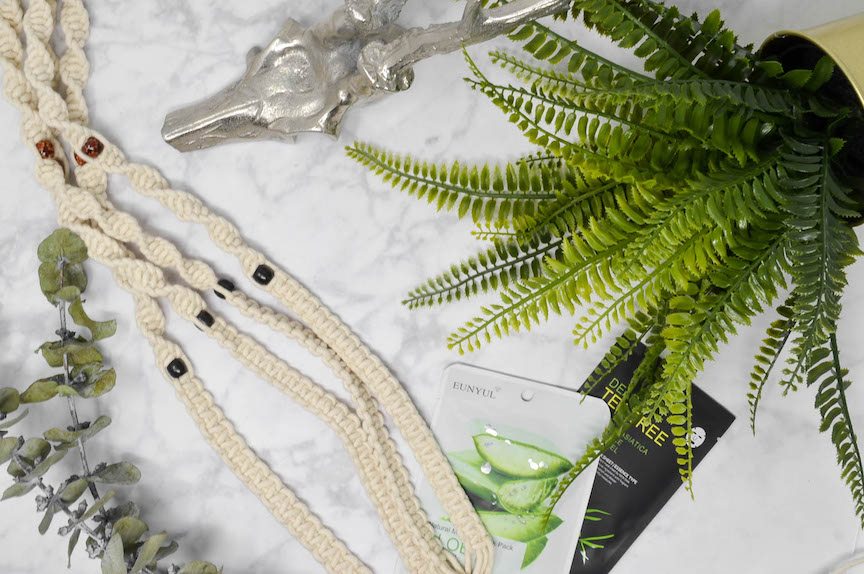
As leafy greens sit pretty around your home, they naturally humidify the air through photosynthesis, a process where water, air, and chemicals are absorbed through the roots and leaves then transformed into energy by light. A study by the Agricultural University of Norway showed many plants emit as moisture vapor about 97% of the water they take in. Improving the air’s humidity in an indoor space helps moisturize skin and keep dry skin at bay, amongst other health benefits.

The ultimate natural air humidifier is the areca palm, churning out about 1 liter of water every 24 hours and even detoxing the air of benzene, carbon monoxide, formaldehyde, and other toxins. Place a few together around your home and enjoy dewy skin all year long.
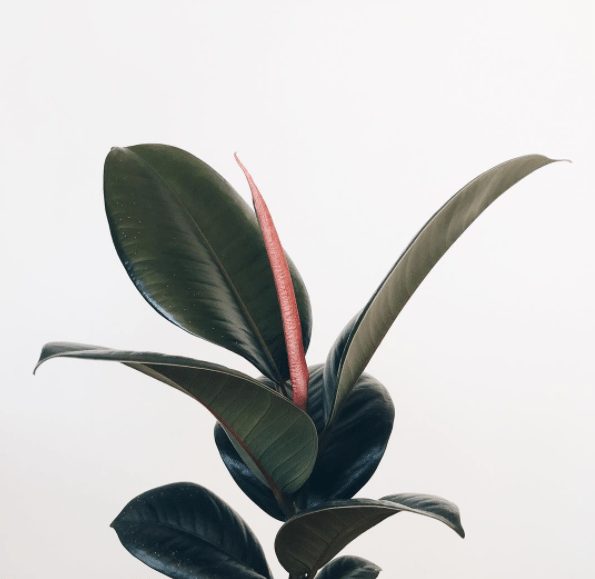
A bloggers’ favorite, the rubber plant, also humidifies old indoor air and eliminates airborne bacteria.
Air purifiers
According to a NASA research, plants remove up to 87% of volatile organic compounds (VOCs) every 24 hours. VOCs are toxins found in everyday household items: formaldehyde (found in rugs, cigarette smoke, grocery bags), benzene (found in study settings with books and print), and trichloroethylene (found in paint and inks).
What does this have to do with skin? Many of these VOCs translate into free radicals that wreak havoc on skin, causing skin allergies and premature aging like discoloration and weakened elasticity. Closed windows, lack of ventilation, energy-saving systems, and air-conditioned spaces trap VOCs inside, but many plants purify the air by absorbing these pollutants into their soil, where the root transforms them into plant food.
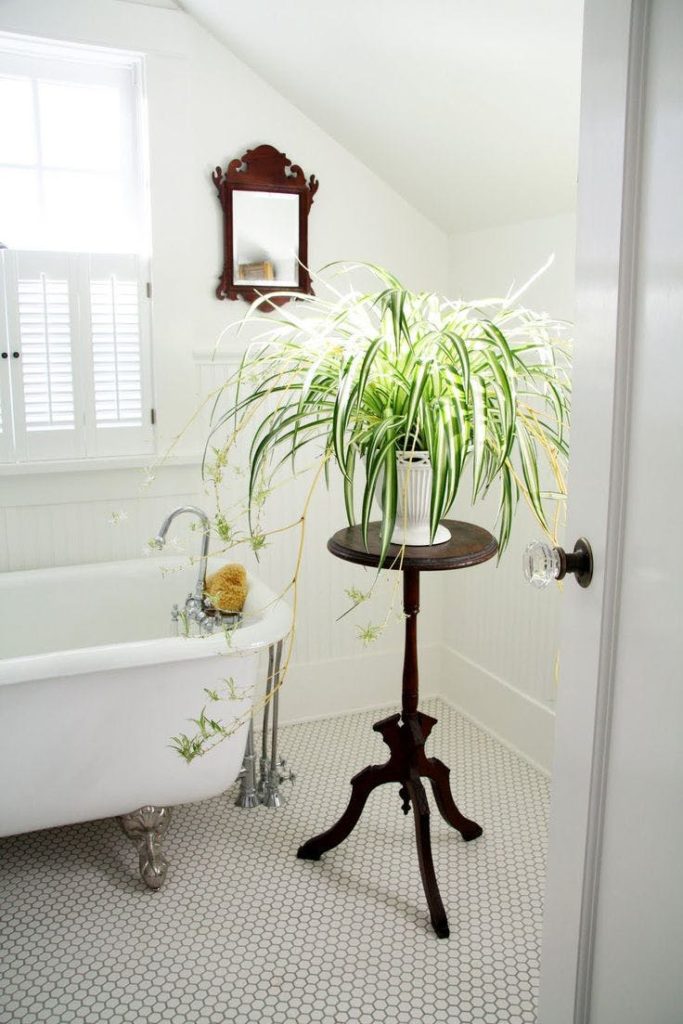
Spider plants naturally purify the air by capturing formaldehyde and other VOCs, clearing the way for your clearer complexion.
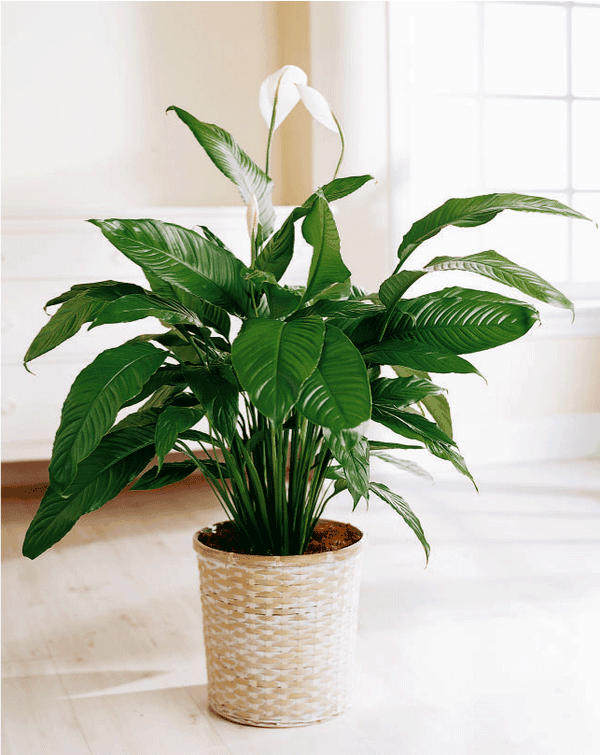
NASA ranked this striking beauty one of the most efficient natural filters. Peace lilies even purify the air of mold, so they’re ideal for bathrooms or other damp spaces.
Stress relievers
Right next to fidget spinners and yoga on the list of trending stress relievers are none other than houseplants. It turns out bringing the outdoors in calms and relaxes the vibe, helping to reduce stress. In fact, according to a 2008 Dutch study, patients with plants in their hospital rooms reported lower stress levels than patients whose rooms did not.
What does this mean for your skin? Stress produces cortisol, which skews hormone levels and ultimately leads to breakouts — ugh. So spruce up your home with some greens for an anti-acne environment.
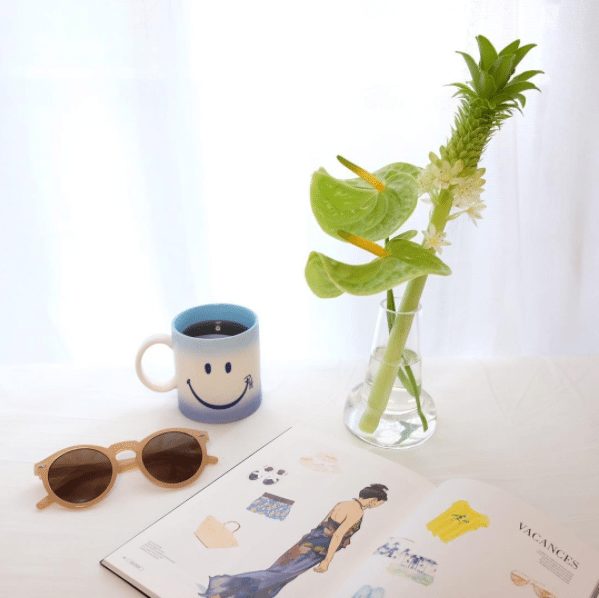
Flowering plants like anthuriums visually calm nerves and decrease stress levels.
Oxygen bar
Deep breathing works wonders on our skin. Our body’s circulation, cells, tissues, and organs — that includes skin — depend on oxygen to keep them fueled. Lack of oxygen, which can result from factors like poorly ventilated rooms, polluted air, and short breaths, leads to unhealthy skin. Thankfully, placing plants in your home is like installing your own personal oxygen bar. When you take a breath and exhale, your body releases carbon dioxide into the air. During photosynthesis, plants eat up the toxic carbon dioxide floating around and emit oxygen, which increases the oxygen level in the air. You breathe in this oxygen again, and the complementary cycle continues, benefitting both plants and people alike.
At night most plants also rest and take a break from photosynthesis. This means, like humans, they breathe in oxygen and release carbon dioxide. Some plants, however, continue absorbing carbon dioxide and emitting oxygen through the night. These night owls are great for homes, especially bedrooms, to refresh air overnight.
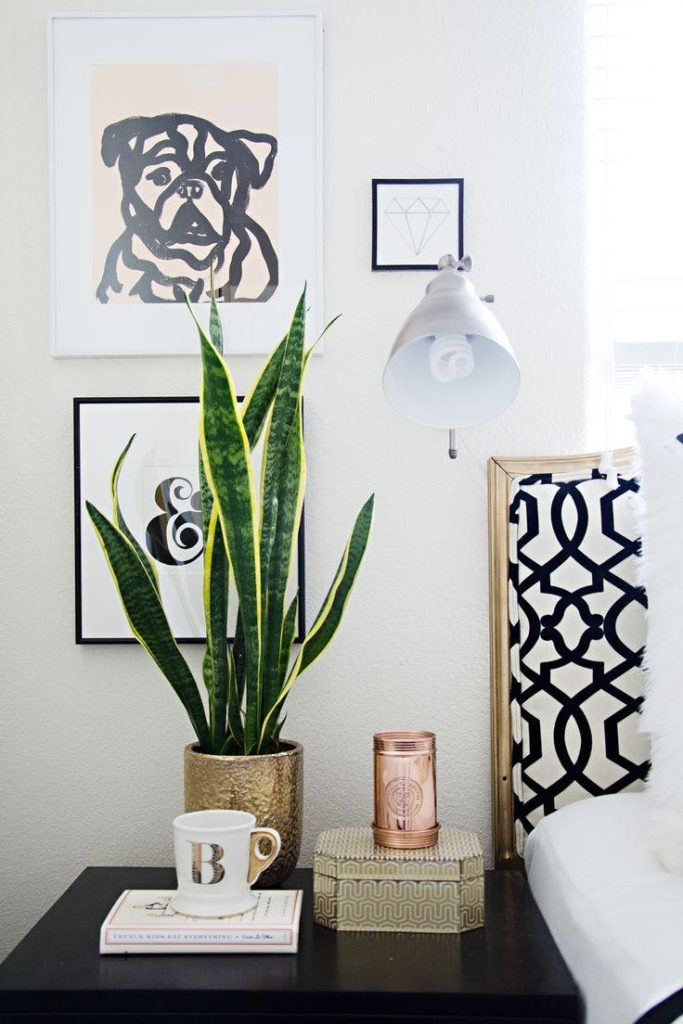
Snake plants are one such example of plants that increase oxygen at night. They also purify the air, eliminating toxins like formaldehyde and nitrogen oxide, a byproduct of fuel-burning appliances like gas stoves and water heaters.
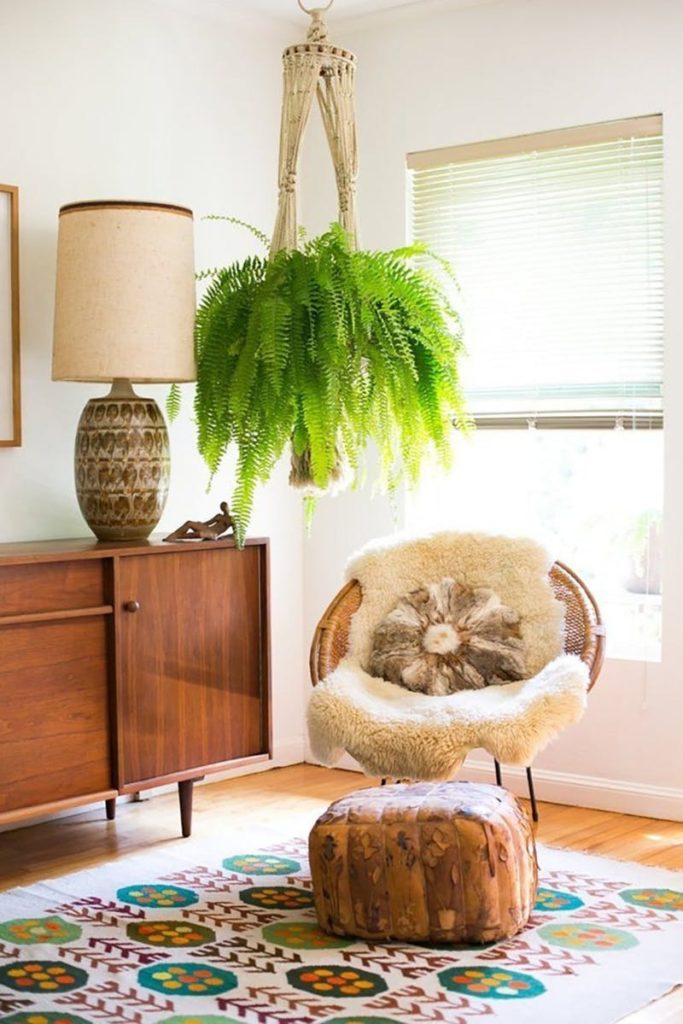
Struggling with a small space? Boston ferns also release oxygen at night and purify the air by removing formaldehyde and benzene, but they’re great as hanging plants thanks to their low-drooping leaves.
If beautifying our home with au naturale greenery also beautifies our skin, we’re more than willing to jump on the botanical bandwagon and channel our inner plant lady.
What about you? Have you ever thought of houseplants as a part of your skincare routine? What plants do you have in your house?
Author:
Angela son
Comments
Loading...